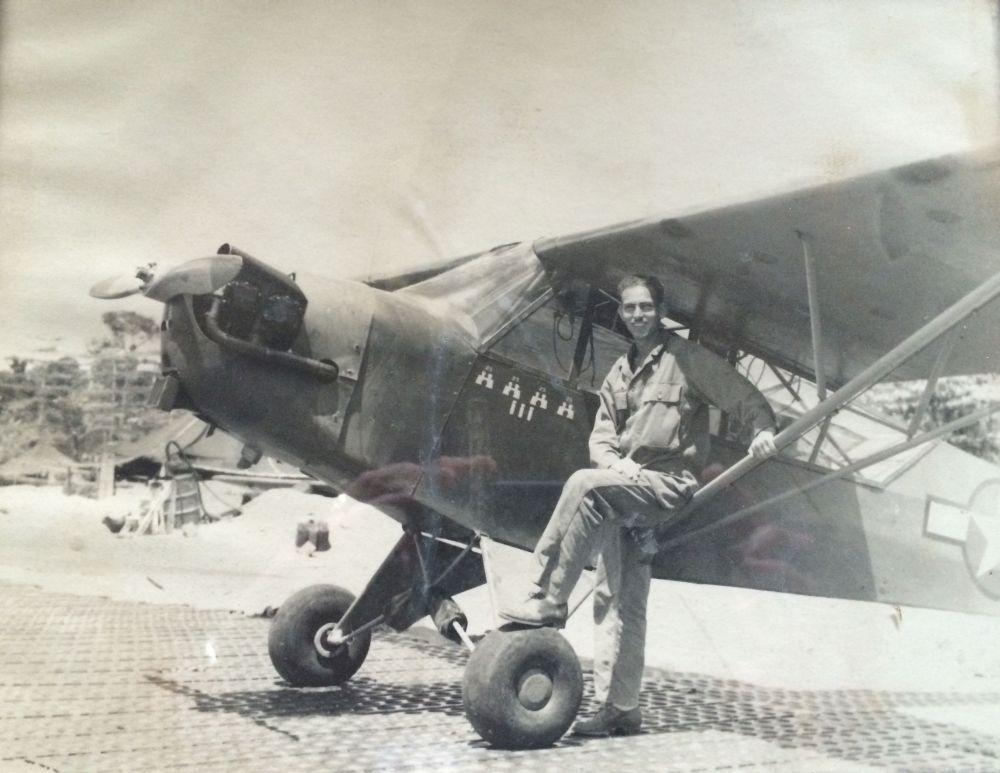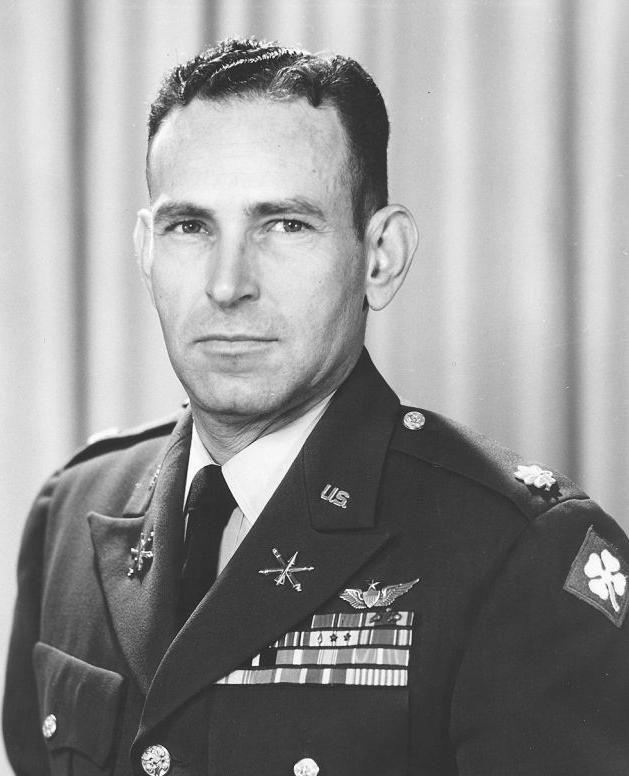The most important legacies of war aren’t memorials or memorabilia, but the individuals who remain to tell their stories.
Ninety-seven-year-old veteran Bill Jones, Class of 1942, served in World War II, the Korean War and the Vietnam War. He attended Texas A&M when the school had roughly 8,000 students, all of whom were men in the Corps of Cadets. Jones was heavily involved on campus during his time in Aggieland.
“I was in B Battery Field Artillery at Texas A&M in the Corps,” Jones said. “I was the captain of the competition pistol team. I studied the sciences like biology, zoology, chemistry and physics and got a Bachelor of Science in 1942. I was even on The Battalion staff.”
After graduating, Jones was recruited into the U.S. Army, where he flew a Piper Cub for the Artillery Unit as a spotter in the Pacific Theater of WWII.
“I had to mark enemy positions in the Philippines,” Jones said. “The binoculars I had painted on the side were each for having 25 hours of aerial reconnaissance and the stripes were for the destruction of enemy positions.”
Jones said he was thankful that the war ended in 1945, as his unit was to be deployed on a mission for Kobe, Japan, and the military strategists anticipated heavy casualties. After the war ended, Jones was briefly stationed in Korea relocating displaced Japanese citizens.
“After I came home, I was transferred to aviation training in helicopters and I spent 14 months commanding the provisional helicopter company there,” Jones said. “We had the first helicopter company in the military and it became very popular in Vietnam.”
In Korea, the helicopter unit was crucial in increasing the chances of survival for soldiers. “The golden hour” — a time frame in which immediate medical treatment would give soldiers the best chances for survival — was coined because of this prompt action.
His life-saving work as a member of the helicopter division in Korea was Jones’ proudest military achievement.
“The company transferred around 2,200 wounded throughout the course of the war,” Jones said. “I was very proud of the fact that when I was in Korea, I was in an ambulance company where I was saving lives rather than killing people and breaking things like I had been trained to do.”
After serving in Korea, Jones moved to Washington, D.C., where he worked for the inspector general’s office to investigate non-combat flying accidents in Vietnam.
“I went to Vietnam twice from the Pentagon,” Jones said. “The Army wanted accidents minimized because at that time there were untold numbers of aircraft accidents.”
Jones then moved to Turkey to aid in the development of the Turkish Air Force.
“I was advisor to the Turkish because they modeled their aviation after that of the United States Army,” Jones said. “I was responsible for getting them Aircraft provision, supplies and training.”
By the time he retired in 1958, Jones had earned a litany of medals and commendations for his courage during his service in World War II as a pilot, in the Korean War as an ambulance helicopter pilot and in the Vietnam War as an investigator for aircraft accidents.
“They gave air medals for every 25 hours of flight, and I flew over 1,200 combat hours but only got five air medals,” Jones said. “I got the Bronze Star twice, and when I finished my work in Vietnam, I was awarded a Distinguished Merit Medal for sustained and outstanding service.”
Terry Easterwood, Class of 1980 and Jones’ nephew, said he is proud of his uncle’s history of service in the military.
“He is an incredible man and I’m very proud of him,” Easterwood said. “He even started the tradition of being Aggies in our family. He really is amazing.”
An Aggie’s service
November 12, 2018
Photo by Provided
Bill Jones poses with his Piper Cub spotter airplane during World War II.
Donate to The Battalion
Your donation will support the student journalists of Texas A&M University - College Station. Your contribution will allow us to purchase equipment and cover our annual website hosting costs.





















